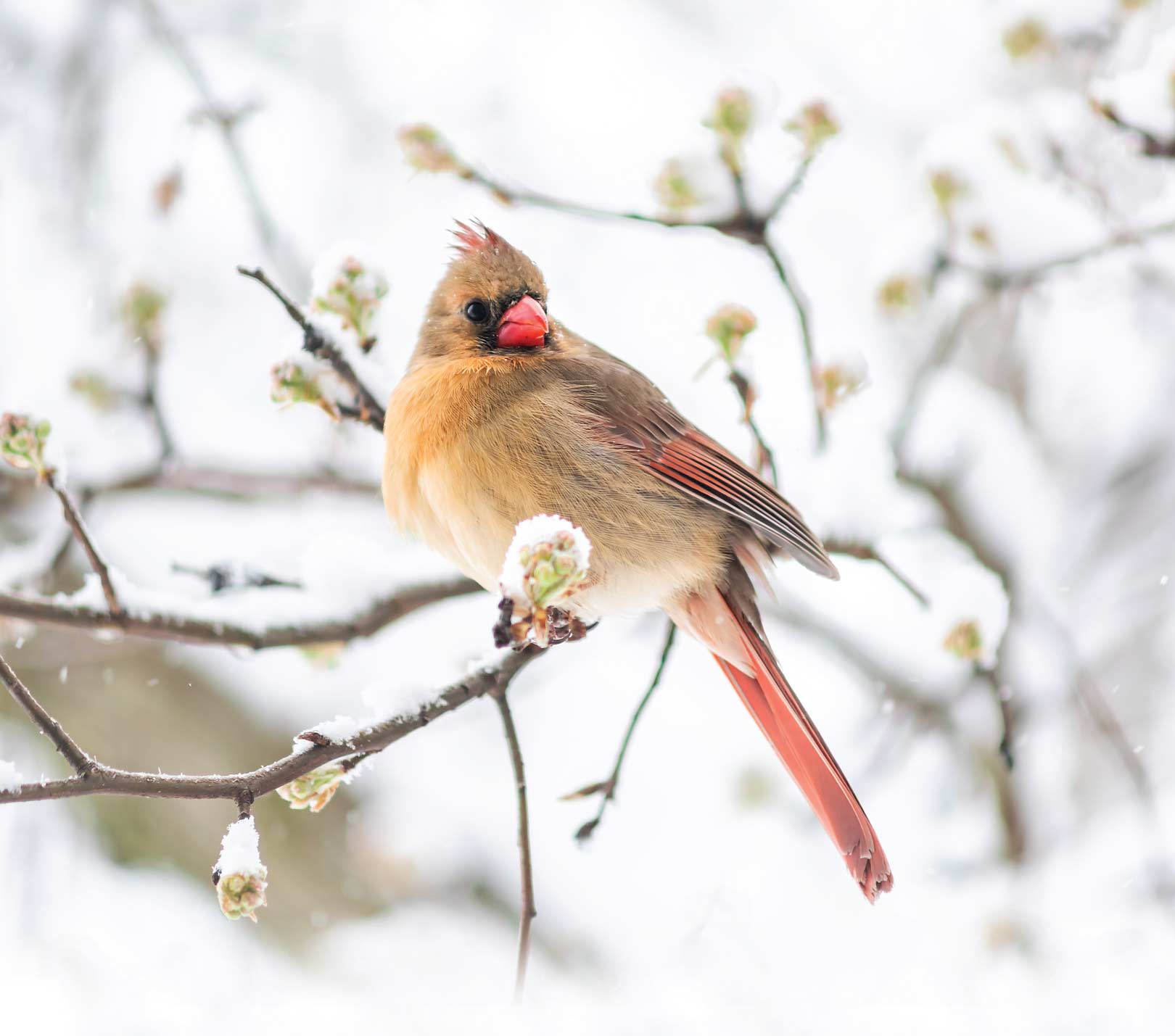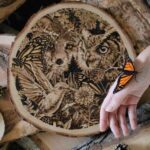

Some statistics are too important to be left to the professionals. Every year, amateur bird enthusiasts take part in an exercise to record the numbers of our feathered friends. And anyone can join in.
Every December, citizen scientists and birders converge in an event that highlights the importance of our region’s natural diversity for our avian residents and winter visitors.
The 2024 Audubon Christmas Bird Count takes place between December 14th and January 5th in hundreds of locations, most of them concentrated in the continental United States and southern Canada but ranging as far as Arctic Bay on Baffin Island, the Mariana Islands in the central Pacific, and Paraguay in South America.
Closer to home, counts are scheduled for Port Hope-Cobourg, the Rice Lake Plains, Presqu’ile Provincial Park, Sandbanks, Belleville and Prince Edward Point. Birders in these locations will participate in a bird count exercise that dates back to 1900, making it the longest running citizen science survey in the world. In Canada, the count is managed by Birds Canada, in cooperation with the Audubon Society.
The survey has its roots in the dark days of the late 19th century, a time when many North Americans participated in Christmas “side hunts” in which they competed to see who could kill the most birds. In December 1900, ornithologist Frank Chapman, an officer in the early days of the Audubon Society, proposed a kinder, gentler activity – counting birds instead of shooting them. On Christmas Day of that year, 27 observers in 25 locations in the United States and Canada counted 18,500 birds in 90 different species.
The event has since expanded to include more than 70,000 volunteers counting birds in more than 2,000 locations, each defined by a 25-kilometre circle in which species reports are collected annually and analyzed over time. Over the past century, this wealth of data has allowed Audubon Society researchers and wildlife agencies to study the long-term health and status of bird populations across the continent. Combined with other research, this information provides a picture of how populations have changed, helping conservationists as they develop strategies to protect birds and their habitat.
Locally, observations by Christmas bird counters yield interesting insight into both the impact of conservation strategies and the interplay of habitat and bird species. Roger Frost, who compiles the numbers for the Port Hope-Cobourg and Rice Lake Plains counts, notes that when the Port Hope-Cobourg count started in 1971, birders did not observe any Canada geese. Although these days some folks may complain about too many geese, we too easily forget they faced near-extinction in the 1960s due to habitat loss, egg gathering and hunting.
Since then, thanks to legal protection and other conservation efforts, their numbers have soared. Roger Frost says that two years ago the count reported 6,600 Canada geese. There’s a similar story with wild turkey, once extirpated from Ontario, whose numbers have “gone crazy” since they were reintroduced in the mid-eighties. There’s more good news for the red-bellied woodpecker, which Frost says was once “a rare bird here.” Recent counts have yielded 30-40 yearly.
According to Frost the counts are also seeing more common ravens, but fewer house sparrows, an introduced species. “I think the big driver is the decline in livestock feeding,” says Frost, who explains cattle barns and spilled food used to provide shelter and sustenance.
The counts in Northumberland County, organized through the Willow Beach Field Naturalists, have a history that goes back more than 50 years. Over that time, birders have noted a number of species far out of their normal ranges including great grey owls, greater white-fronted geese – a western species – western tanager, and Harris’s sparrow, typically found in the centre of the continent.
Tyler Hoar has been compiling the numbers for the bird count at Sandbanks Provincial Park for the past 10 years. He describes the southwest corner of Prince Edward County as a “vagrant trap” which results in frequent sightings of species that “should have kept on migrating but decided to stay.”
Examples of species spotted in the County, far away from their home ranges, include the Townsend’s solitaire, normally found in the mountains of western North America, and the white-eyed vireo, more commonly found in the southeastern United States. Hoar says that in Prince Edward County the bird count “is all so weather dependent.” In warmer winters, for instance, open water on West and East Lakes at Sandbanks means higher counts of ducks and other waterfowl. Years of good wild grape crops mean greater numbers of overwintering cedar waxwings and American robins while a good crop of berries on eastern red cedar, which is a species of juniper despite its name, brings higher numbers of yellow-rumped warblers.
For some of Ontario’s bird species, says Hoar, Prince Edward County reports the province’s highest Christmas bird count numbers. He attributes this abundance of birds to the mix of habitats found in the County which include hedgerows, woodlots, and small farms along with shorelines and wetlands.
Both Roger Frost and Tyler Hoar encourage amateur bird enthusiasts to join the count wherever they live. Those willing to spend the day in the field have the opportunity to join, and learn from, more experienced birders who very often will have been involved in the bird count for many years.
There’s also opportunity for those who wish to stay in the warmth of their own homes with a pair of binoculars to participate in feeder counts, where their knowledge and recording of regular winter visitors adds valuable information to the count. New locations can lead to new discoveries. “I’m sure there are a lot of interesting things that are missed,” says Tyler Hoar. “You don’t know what you’re going to find around the corner.”
At the end of the day, citizen science becomes a social occasion when the bird counters gather to contribute their data and perhaps enjoy a meal or beverage together.
Citizen Scientists Wanted
Local birding groups need volunteers to count birds. Can you help?
Port Hope-Cobourg, Sat. Dec. 14th.
Contact: Roger Frost: [email protected]
Prince Edward Point, Sat. Dec. 14th.
Contact: Dale Smit: [email protected]
Belleville, Sat. Dec. 28th.
Contact: Tom Wheatley: [email protected]
(The Belleville count needs more feeder watchers.)
Presqu’ile, Sun. Dec. 15th.
Contact: Andrea Kingsley: [email protected]
Rice Lake Plains, Wed. Jan. 1st.
Contact: Roger Frost: [email protected]
Sandbanks Provincial Park, Tues. Dec. 17th.
Contact: Tyler Hoar: [email protected]
Story by:
Norm Wagenaar




